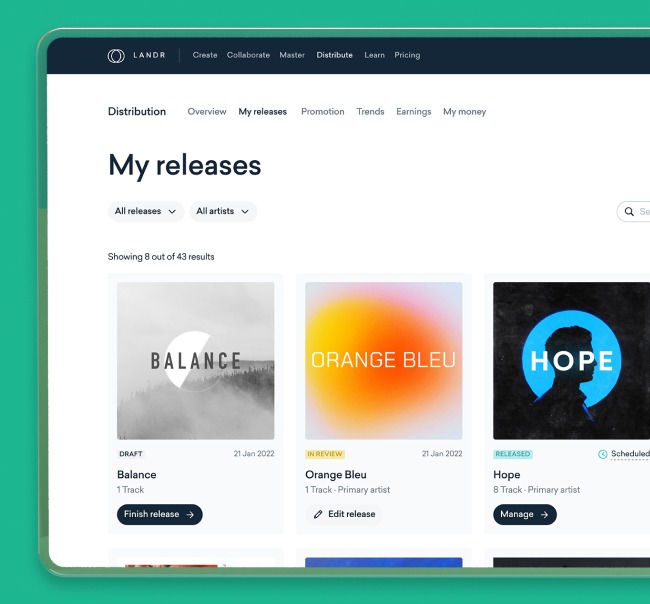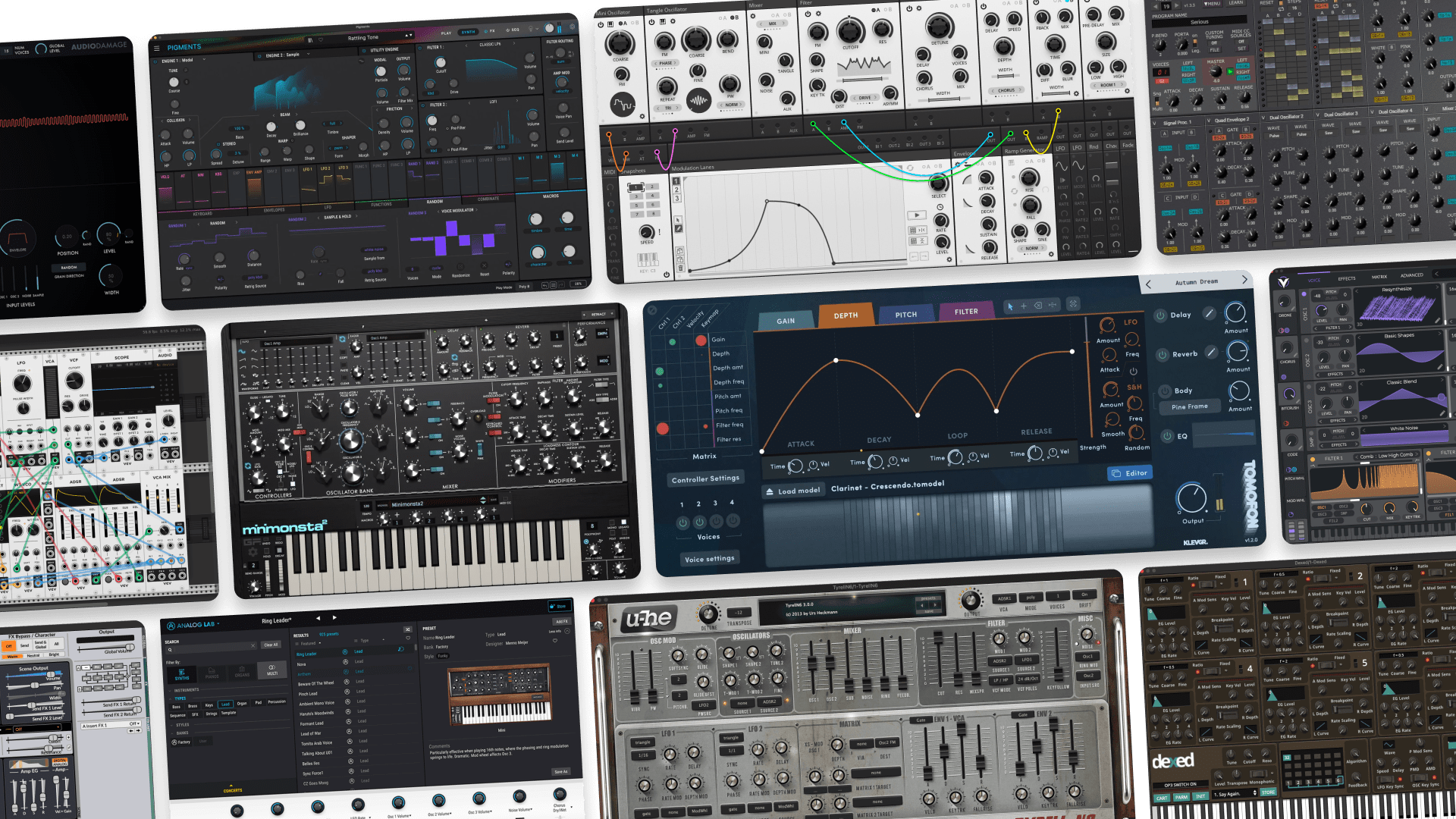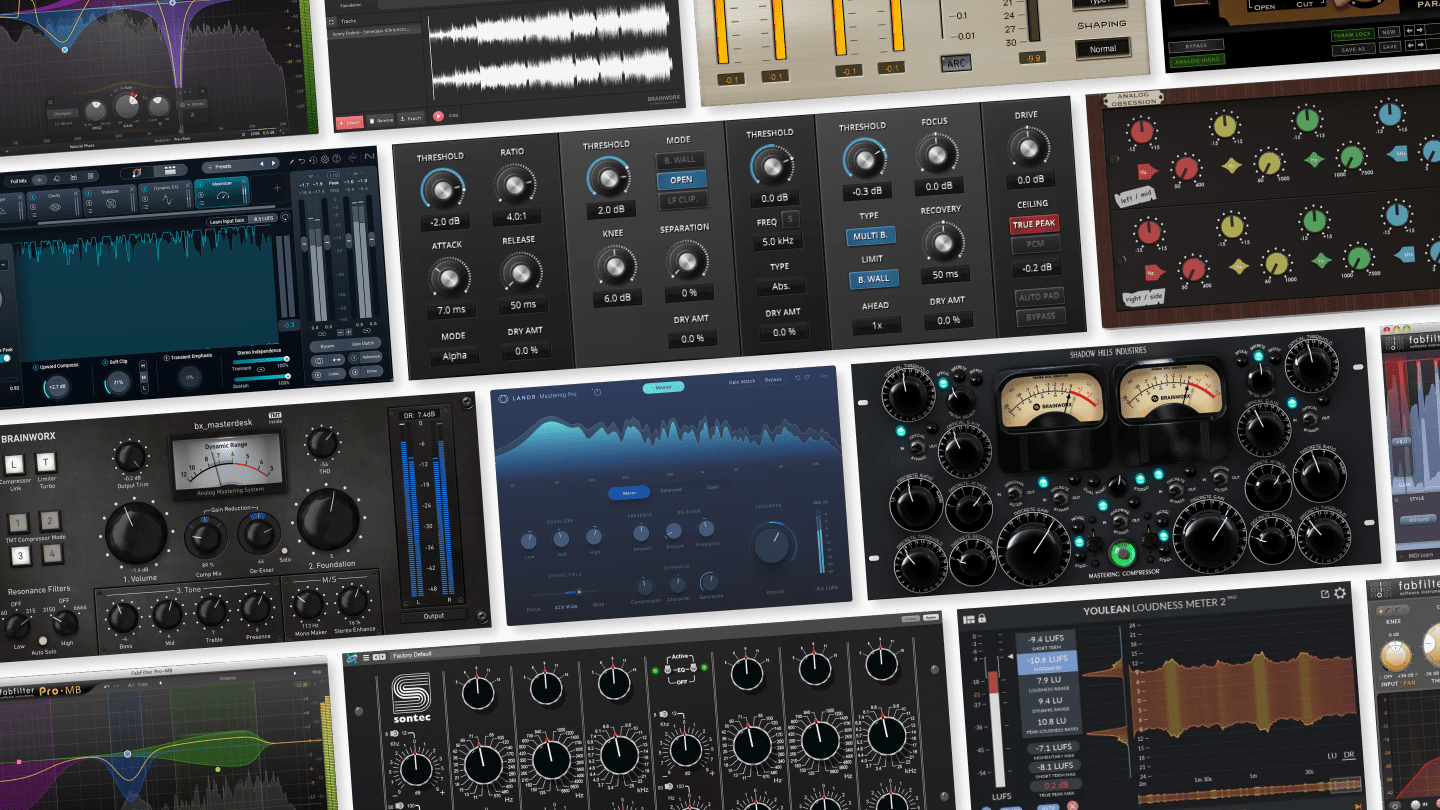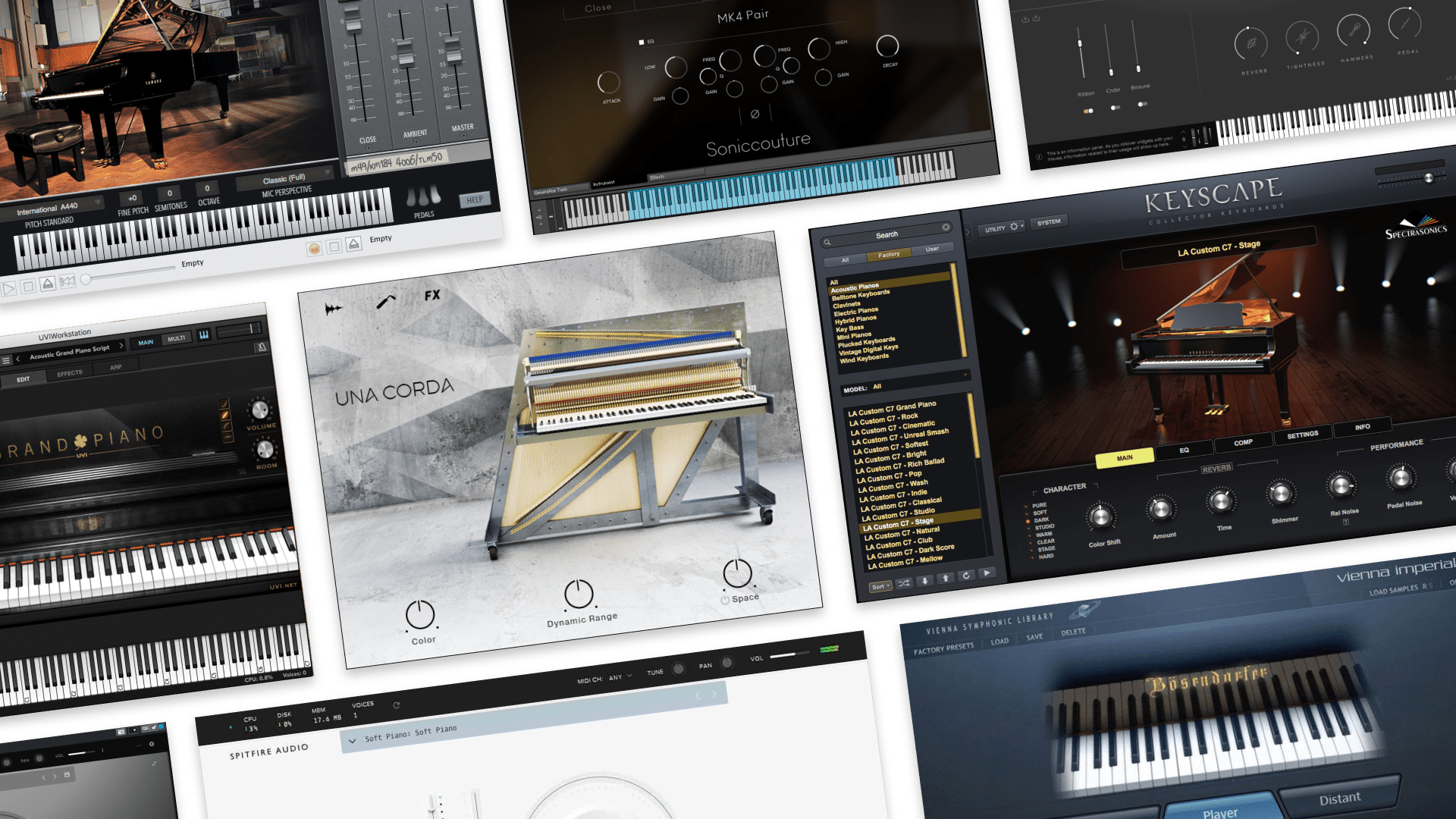
How Often to Release Music: Waterfall Releases Explained
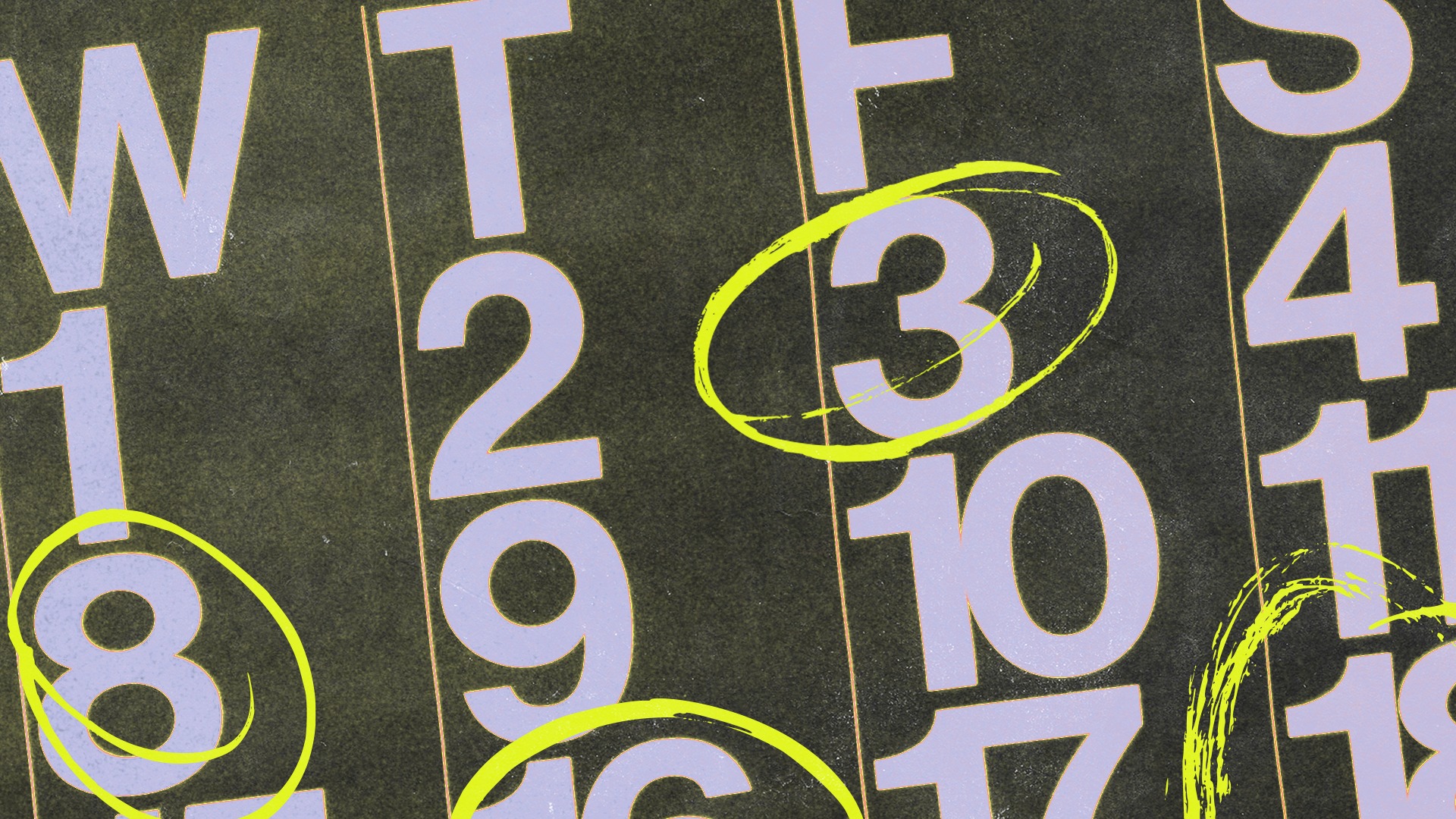
Music streaming services are a crucial gateway for building your audience and advancing your career. But because these platforms deal with such large amounts of content and want to keep users engaged by recommending new stuff, many artists wonder exactly how often they should release music.
Do you need to release music every day? Week? Month? Year?
There’s no doubt that regular releases tend to drive more engagement and algorithmic favour, but the exact answer to these questions relies on many factors.
In this article, we’ll look at best practices for release frequency, depending on your goals and genre, and share some tips to set yourself up for success.
Is your music ready for a release strategy?
The first question is a simple yet difficult one: Is your music ready for release? No amount of previous releases and promotion will make up for undercooked or subpar music.
If you’re part of a local music scene, connect with your peers and ask for honest and helpful feedback.
Keep your demos on hand, play them for your friends, show them at parties and if you can, find an opportunity to perform your music live.
Ask for honest feedback and listen to what your peers tell you.
In general, if you’re getting good feedback from your community, you might be ready or at least nearly ready.
If you want detailed feedback about a specific area of your music, like the mix or arrangement, you can always pay for professional feedback on networking sites.
🧠 Hot tip
How often should you release music?
Assuming you’re ready to start releasing a lot of great music seriously, the next question is how much you should release and how often.
Again, the answer to this is different depending on your goals and the stage of your career.
But there are tried and true industry practices that you should definitely consider adopting.
Start by releasing a few singles, ideally every 4-6 weeks on Fridays, leading up to an album launch. This overall release period should be at least six months long, but ideally as long as one year.
This release strategy is known in the industry as a waterfall release, with each part of the final release trickling out like a waterfall.
Waterfall release strategies work well on Spotify, especially since they give artists an opportunity to pitch each single to Spotify’s editorial playlist curators. It can also help maintain and grow your monthly listener count, an important metric that Spotify’s algorithm uses.
But in general, waterfall releases are the best option for driving maximum algorithmic engagement because they allow artists to regularly promote their project and drive listeners to streaming platforms.
Of course, there are different approaches to waterfall release strategies that work better depending on where you’re at in your career, your music and your goals.
🧠 Hot tip
Where are you in your career so far?
If you’re well established and you’re working on albums to keep your fans interested and satiated, you don’t need to release quite as often as someone getting started.
Likely, you’re working inside the confines of an album cycle defined by a label or your own independent plans.
You’ll likely still use a waterfall release strategy, but you won’t need to drop as many singles in the lead up to your album launch.
In your case, save the bulk of your record for release day to make the biggest splash possible, maximizing engagement with your entire release to help drive ticket, merchandise, and vinyl sales.
However, if you’re an up-and-coming artist who’s building an audience, a waterfall release strategy should focus on launching a ton of singles regularly over a 6-12 month period.
That’s because artists who are just starting need to build their credibility and signal regular engagement to gain attention from streaming platform algorithms.
With every single release, you’ll learn more about your audience, what resonates with them and you’ll build momentum inside those algorithms.
What kind of music do you make?
The genre of music you make is also a factor that influences best practices in release frequency. Here’s a quick breakdown of realistic release frequency times by genres.
Ideal Release Frequency (during a release cycle)
| Genre | Frequency |
| Hip-hop, trap & drill | 2-3 weeks |
| Instrumental techno & house | 1-2 weeks |
| Singer songwriter | 4-6 weeks |
| Pop music, country | 4-6 weeks |
| Rock, indie, jazz and folk | 4-6 weeks |
| Experimental, ambient | 4-6 weeks |
Genres like hip-hop and electronic music, for example, tend to work on faster release schedules.
Hip-hop trends tend to evolve much quicker and because many rappers almost always work with one or more producers, their output is only limited to the bars they can put together over the beats their producers make.
Electronic music is similar, especially in mainstream house and techno, because they too rely on samples, DAW-centric workflows and programmable hardware.
So if you produce electronic or hip-hop music, especially in the trap, drill, modern techno or house scene, it can be easier to build and maintain the creative body of work you need to get your releases out on a 1-2 week schedule.
Other genres like rock, pop, folk and any other style of music that relies on live recording and multiple songwriter isn’t as easy to turn around nearly as quickly.
For this kind of music, even working on a 4-6 week turn around can be a challenge.
That’s why some artists who these styles of music instead bank up their songs in preparation for a release cycle, rather than committing to writing music and releasing it on the fly.
How to create a waterfall release strategy that works for you
Your release frequency depends on the body of work you’ve already made and the speed at which you’re able to produce new tracks.
If you’re able to produce songs quickly, you may be able to commit to a faster release schedule, but if you work at a slower pace or you’re short on time, it takes more planning.
No matter how extensive your bank of tracks is or how fast you write songs, here’s a few things to consider as you plan your release schedule.
1. Pick a period of time and a release cadence that you can commit to
The worst thing you can do is plan to release every week, stick to it for a month or two, then burn out and quit.
It’s always better to pick a release pace that you can realistically keep up with for at least six months.
Remember, you’re always looking to drive engagement over the long term.
2. Create video, visuals and photography that support your release
Don’t just drop your singles and forget about them. Support your releases with videos, photography, and posts on social media.
This is part of the reason why it’s recommended to release with a slower cadence like 4-6 weeks, since it gives you extra time to produce promotional assets on top of the music you’ve made.
3. Build up a bank of singles that you’ll release regularly over one year
If you play in a band or if it generally takes you longer to write songs, it’s better to bank your songs and wait before releasing them.
It will require patience to sit on the music you want to share so badly, but releasing at irregular intervals every few months isn’t enough to attract algorithmic attention or stay in the minds of your audience.
4. Roll those singles into a full album release
Banking your singles also gives you material for building an album.
Not all of your singles will make sense inside the context of an album, since an album should feature a cohesive narrative that connects a story, offers variation and shows your artistic depth.
So bank your singles up and start shaping out what will ultimately be your album.
Then, you’ll have what you need to both launch a bunch of individual singles and plan a waterfall album release.
5. Watch your stats and keep promoting
As you start releasing singles, you’ll see what works and what doesn’t.
Keep an eye on your streaming stats and check up regularly to see what’s catching on with your streaming audiences.
This kind of information can help you understand what types of music work best to create engagement and perform well on streaming platforms.
If a certain style of track is blowing up in a certain geographic area, you may also want to focus on that part of the world by creating similar tracks that resonate with those audiences.
Plus, when you’ve completed a releasing period, you’ll have a chance to look back and assess what did and didn’t work.
Make music, enjoy the release cycle
Ultimately, the most effective release strategy is one that you can consistently maintain.
By understanding your career stage, music genre, and production capabilities, you can craft a release schedule that maximizes engagement and helps you build a lasting connection with your audience.
Remember to commit to a realistic cadence, support your releases with strong visuals, build a bank of singles, and continuously monitor your stats to refine your approach.
Good luck with your next release cycle!
Gear guides, tips, tutorials, inspiration and more—delivered weekly.
Keep up with the LANDR Blog.


